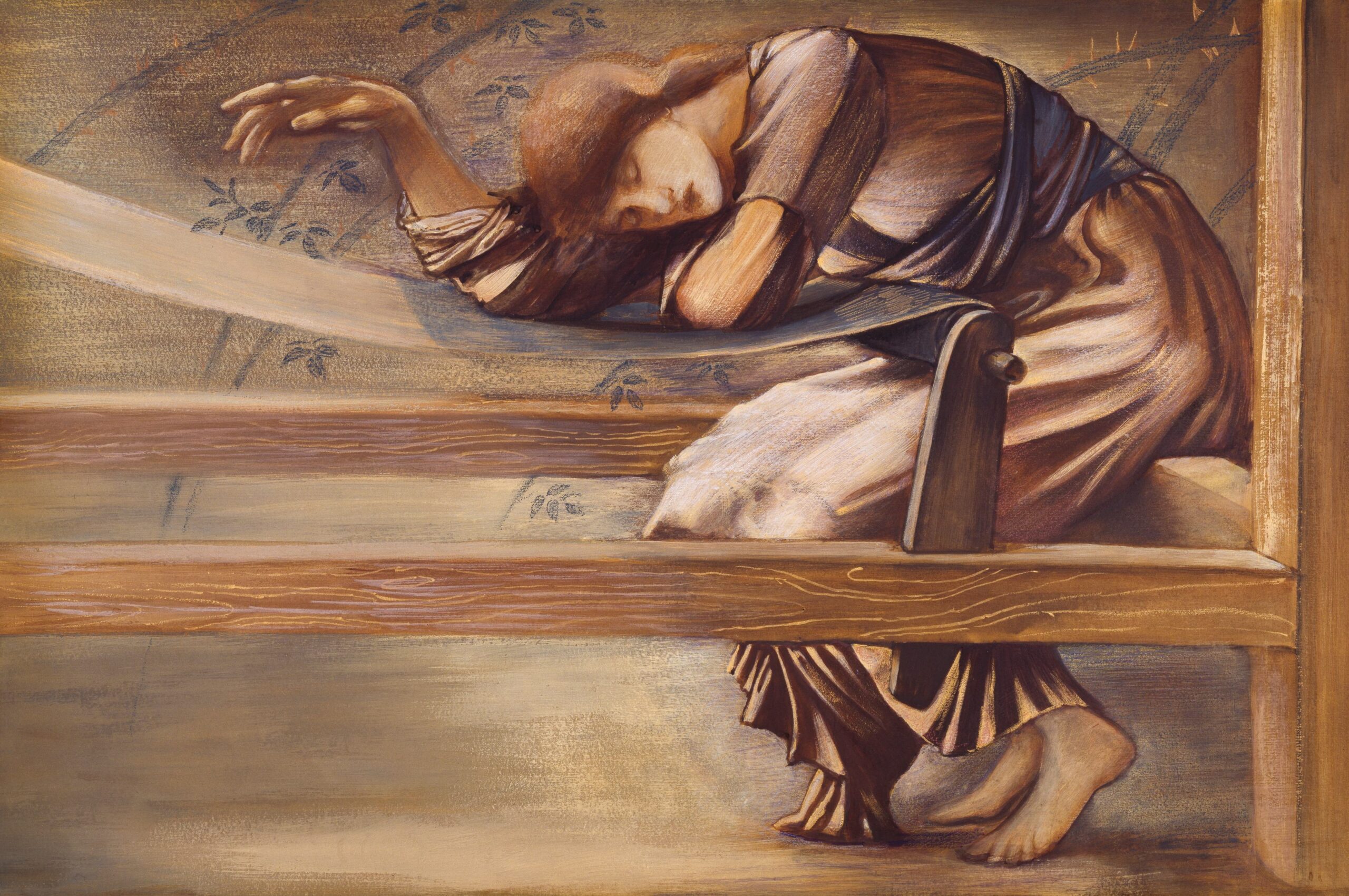When we think of zoos, we often picture exotic animals on display for our entertainment. However, zoos play a much more significant role in animal conservation and the protection of endangered species. The Art of Zoo is the practice of using zoos as a means of promoting animal welfare and conservation efforts.
In the United States, there are over 200 accredited zoos and aquariums that are committed to the Art of Zoo. These zoos not only provide a home for animals but also work to preserve and protect them through research, breeding programs, and education.
The Art of Zoo is vital to animal conservation as zoos can provide a managed environment for breeding and caring for endangered species that may be struggling to survive in the wild. Zoos also contribute to conservation efforts by educating the public on the importance of protecting these animals and their habitats.
Overall, the Art of Zoo is an essential part of animal conservation, and zoos in the US play a vital role in protecting and preserving endangered species. Through their commitment to animal welfare and conservation efforts, zoos are making a significant impact on the world around us.
Stay tuned for the next section, where we will delve deeper into the vital role that zoos play in animal conservation.
The Vital Role of Zoos in Animal Conservation
Contents
When it comes to animal conservation, zoos in the US are playing a critical role in preserving endangered species.
One of the primary ways zoos contribute to conservation efforts is through breeding programs. Many species in zoos are part of cooperative breeding programs that help maintain genetic diversity and prevent inbreeding. These programs have helped bring species like the California condor and the black-footed ferret back from the brink of extinction.
Zoos also conduct research on endangered species, which can help inform conservation strategies. For example, the San Diego Zoo’s Institute for Conservation Research has conducted research on rhinos that has led to a better understanding of their reproductive biology and helped inform captive breeding efforts.
Education is another important aspect of zoos’ conservation efforts. Zoos provide visitors with the opportunity to learn about endangered species and the challenges they face in the wild. Many zoos also offer educational programs for school groups and have partnerships with local schools to incorporate conservation education into the curriculum.
However, zoos face many challenges in balancing the care of animals with conservation efforts. For example, breeding programs can be expensive and time-consuming, and some species may not be able to breed in captivity. Zoos must also ensure that animals in their care are living in environments that are as close to their natural habitats as possible.
Despite these challenges, zoos remain an essential tool in the fight to conserve endangered species. By participating in breeding programs, conducting research, and educating the public, zoos in the US are making significant contributions to conservation efforts.
Finding Balance: Care and Conservation in Zoos
As zoos strive to conserve endangered species, they also face the challenge of ensuring the care and well-being of the animals under their care. Ethical practices and animal welfare are essential components of the Art of Zoo.
The Importance of Ethical Practices
Zoos must uphold ethical practices to ensure the safety and happiness of the animals. The Art of Zoo recognizes the need to prioritize the well-being of animals and promote their natural behavior. Zoos achieve this by creating enclosures that simulate the natural habitat of the animals, providing a variety of food and enrichment activities, and keeping the animals healthy.
Animal Welfare in the Art of Zoo
The Art of Zoo promotes the welfare of animals by ensuring they receive proper care, including food, water, shelter, and veterinary attention. The welfare of animals is vital to the success of conservation efforts in zoos. Healthy animals are more likely to breed and thrive, contributing to the preservation of endangered species.
The Delicate Balance of Care and Conservation
Zoos face the challenge of balancing the care of animals with conservation efforts. Careful management of the animal population is necessary to ensure the success of breeding programs. Zoos must also balance the care of animals with conservation efforts, such as research and education, to advance the Art of Zoo.
In conclusion, the Art of Zoo recognizes the importance of balancing the care of animals with conservation efforts to protect and preserve endangered species. Ethical practices, animal welfare, and careful management of the animal population are essential components of the Art of Zoo.



